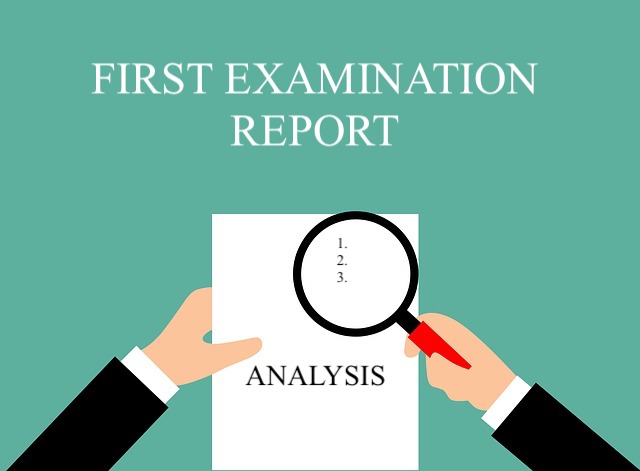In India, the process of patent examination is of deferred kind. It is mandatory to file a Request for Examination (RFE) for a patent application to get examined. Only post RFE, the patent examiner examines the patent application and prepares the First Examination Report (FER) of the patent application.
The RFE needs to be made within 48 months from the date of priority or filing whichever is earlier.
While conducting the examination of the patent application, the patent examiner conducts a prior art search in Indian Patent Database and all available databases including patent and non-patent literature. The examiner conducts the search with respect to the date of filing of the complete specification.
The Patent Application Examination is based on the criteria like patentable subject matter, novelty, inventive step and Industrial application.
The First Examination Report [FER] is divided into 4 parts, namely:
1. Summary of the Report
2. Detailed Technical Report
3. Formal Requirements
4. Documents on Record
1) Summary: This section of the report follows the basic details of the patent applications. There are some requirements of the Patent Act which the patent application is expected to mandatorily fulfill. So the status of the Patent application regarding whether or not it fulfills the requirements under the Act are mentioned in a summarized form. These requirements are pertaining to:
i) Novelty
ii) Inventive step
iii) Industrial Applicability
iv) If the invention is non patentable under Section 3
v) If the invention is non patentable under Section 4
vi) If there is unity of Invention under Section 10(5)
vii) Whether or not the patent specification disclosure is sufficient under Section 10(4)
viii) If there is any reference to co-pending/foreign application
ix) If the patent claims under Section 10(5) and 10(4) (c) have clarity, are definitive, supported by description and scope.
2. Detailed Technical report: The second part of the Examination report explains the reasons behind the objections mentioned in the summary (section above) in detail. It is further divided into 2 parts:
a) List of documents cited; and
b) Detailed observations on the requirements under the Act.
In the list of documents cited section, the patent and non- patent literature (prior arts) which are similar to the current patent application (to be examined) are cited along with their priority and publication date respectively.
Under the section detailed observations, the reasons of objection of the patent application are mentioned along with the explanation and relevant prior arts namely D1, D2..so on. The sections pertaining to objections on Inventive step, non-patentability, sufficiency of disclosure and definitiveness. The detail of the section along with the corrective action is mentioned as well.
3. Formal Requirements: In this section, the detail related to the formal requirements is mentioned. This section lists the pending forms, official requirements and the correction required (if any) in the format of specification is mentioned.
4. Documents on record: This section mentions the list of documents along with their docket number and docket date on which the examination report is based along with the last date for filing the response to the FER.
The applicant is expected to respond to the examination report within 6 months from the date of issue of the FER, failing which the patent application status will become ABANDONED.
Understanding and responding to the examination report is very crucial in obtaining patents. We at Intepat have expertise in handling and responding to the complex patent examination objections. For more details please contact us here.




